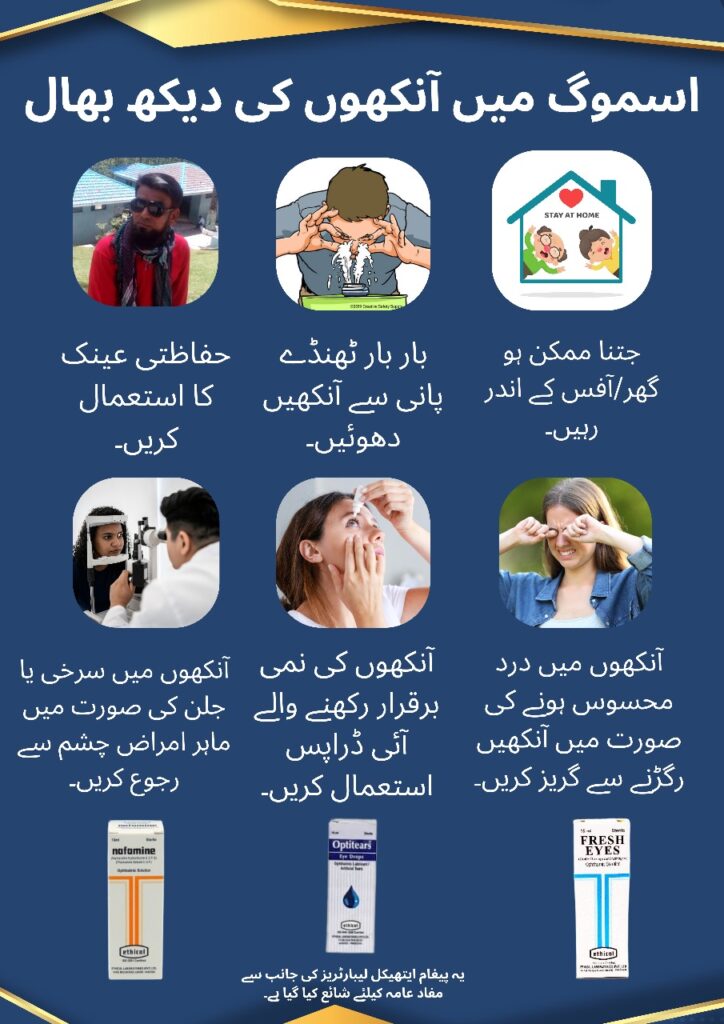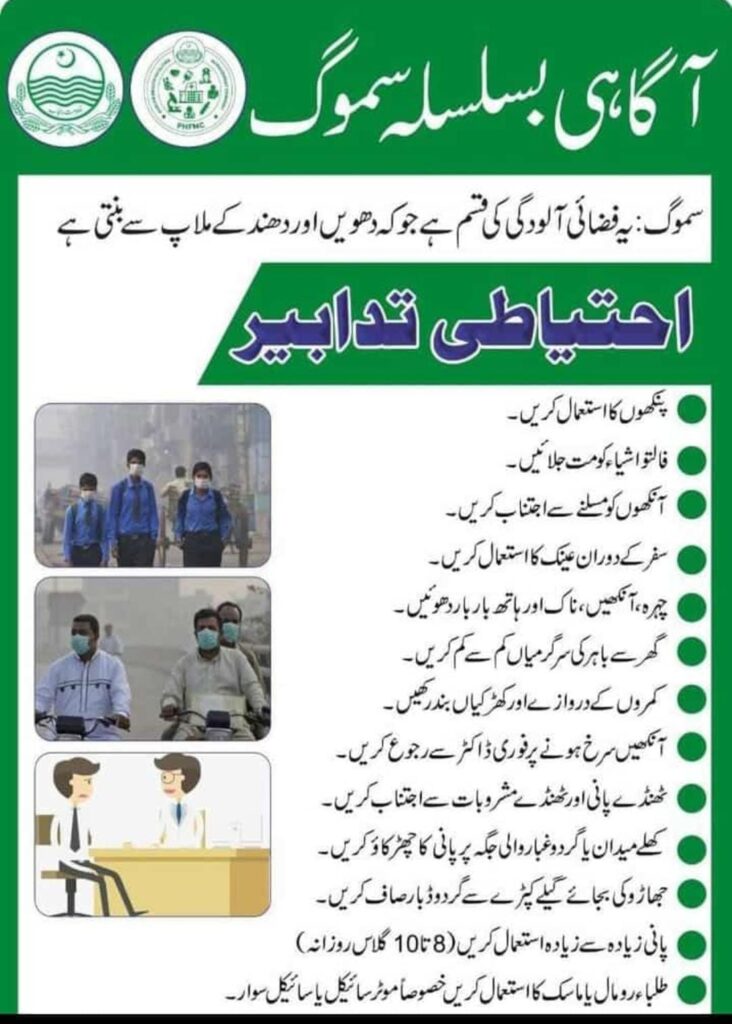Smog, a harmful mixture of smoke and fog, is a significant environmental and health concern, especially in urban areas with high pollution levels. It forms when industrial emissions, vehicle exhaust, and other pollutants combine with moisture in the air, creating a thick, hazy atmosphere. While smog is often associated with poor air quality, it has direct impacts on our eyes, making eye safety during smoggy conditions a priority.
What is Smog?
Smog is typically a result of a chemical reaction between sunlight and pollutants like nitrogen oxides (NOx) and volatile organic compounds (VOCs). This reaction creates ground-level ozone, a key component of smog, which can severely degrade air quality. Smog is particularly common in areas with high industrial activity or heavy traffic and tends to be worse in the summer months when sunlight is more intense. In severe cases, smog can limit visibility, irritate the respiratory system, and even cause long-term health issues.
Why Eye Safety Matters During Smog
Exposure to smog can irritate the eyes, leading to symptoms like redness, dryness, burning, and itching. The harmful pollutants in smog can also exacerbate existing eye conditions such as allergies, conjunctivitis, or dry eye syndrome. More seriously, prolonged exposure to smog can damage the cornea and increase the risk of developing cataracts or other eye diseases.
To protect your eyes during smoggy conditions, it’s essential to take precautions such as wearing sunglasses with UV protection to shield your eyes from harmful rays and particulate matter. Additionally, using lubricating eye drops and staying indoors as much as possible can reduce the risk of irritation.
Conclusion
Smog is not just a visibility issue—it’s a health concern that can significantly impact your eyes. Understanding its effects and taking steps to protect your vision are crucial for maintaining eye health in polluted environments. By staying informed and taking proactive measures, you can reduce the harmful effects of smog on your eyes and overall well-being.


Disclaimer
Content on this blog may be sourced from the web. If you own the copyright to any material and have concerns, please contact us, and we will remove it.
This blog post was created with AI support and reviewed by a human. While we strive for accuracy, the information may not be fully verified and could contain errors. If you find any inaccuracies, please report them using the contact form on our website. Always consult a professional for specific advice.


